Caring for Shrimp During the Winter Crop
Stabilizing Temperature
This is the most critical factor in ensuring a successful crop. To maintain temperatures within the tolerable range for Pacific white shrimp (Litopenaeus vannamei), nursery and grow-out ponds must be equipped with covers made from tarpaulin or other polymer materials. These covers should completely enclose the ponds to block drafts and external temperature fluctuations. Pond water levels should be maintained at 1.5 meters, and water color should remain stable throughout the crop cycle.
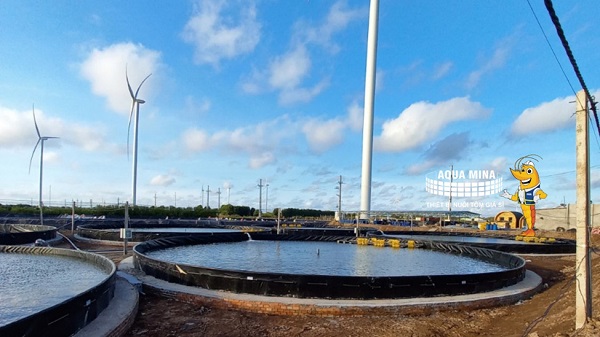
Feed Management
After stocking, shrimp should be fed entirely with commercial feeds. Additionally, supplements such as minerals, probiotics, and vitamins (C, E, etc.) should be provided to enhance shrimp immunity.
Feed 0.6–0.8 kg per 100,000 PL12 shrimp per day, increasing every two days by 0.2–0.3 kg per 100,000 shrimp.
From day 30 onward, use feeding trays and other techniques, such as regularly sampling shrimp to monitor growth, examining gut contents, and observing water color changes. Use experience-based observations (e.g., weather conditions, molting stages, sand presence in trays, shrimp jumping at night due to noise or light) to assess shrimp health and adjust feeding quantities accordingly.
Feed four times daily at 7 a.m., 11 a.m., 4 p.m., and 9 p.m. Feeding trays are essential for monitoring feed consumption, shrimp health, survival rates, and pond bottom conditions.

Pond Environment Management
Water introduced or added to ponds should pass through fine mesh filters, and levels of heavy metals (e.g., Cu, Zn, Fe) and harmful gases (H₂S, NH₃, SO₂) must be checked.
Since indoor shrimp farming limits oxygen diffusion from the air, aerators should be operated strategically to ensure sufficient dissolved oxygen levels.
Regularly apply probiotics to minimize environmental pollution.
Maintain maximum water levels to stabilize temperatures.
Monitor and address early-stage water color instability.
Due to the high stocking density and uniform growth of shrimp, molting often occurs simultaneously, causing alkalinity levels to fluctuate. Agricultural lime should be added regularly to stabilize alkalinity.
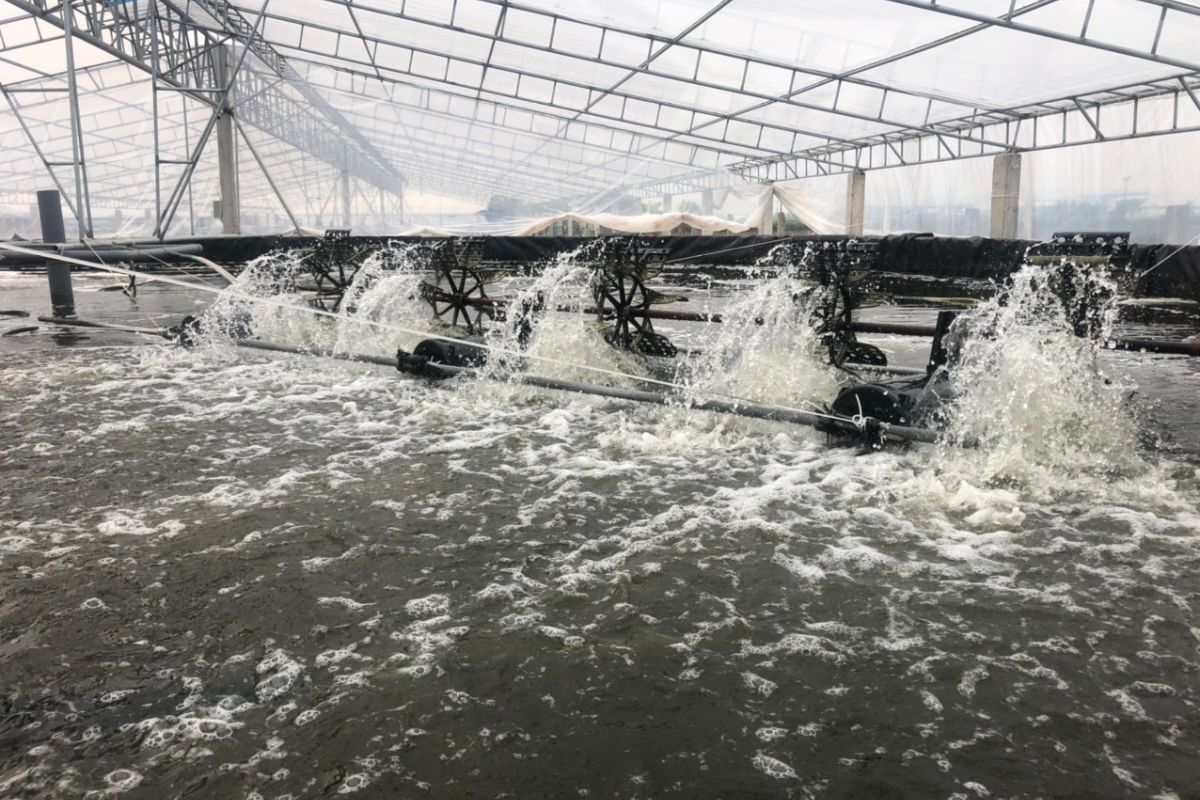
Harvesting
Harvest when shrimp reach 50–60 pieces per kilogram. Before harvesting, monitor the molting cycle to avoid soft-shell shrimp.
Consistently monitor environmental factors to ensure they remain within suitable ranges. If abnormalities occur in the pond, report them to relevant authorities for timely intervention.
By MSc. Nguyen Trung, Hai Phong Agricultural Extension Center
Contact AQUA MINA for consultation and supply of aquaculture round tanks and aquaculture equipment for high-tech shrimp farming.
- Address: 685 National Highway 1A, Binh Hung Hoa Ward, Binh Tan District, Ho Chi Minh City
- Phone: 1800 6071 (Toll-free hotline)
- Email: sales@aquamina.com.vn or oversea@aquamina.com.vn
Aqua Mina's distributor in Japan:
REX INDUSTRIES CO., LTD
- Address: 1-9-3 Hishiya-Higashi, Higashi-Osaka 578-0948 JAPAN
- Email: kimakubo@rexind.co.jp
- Phone: +81-(0)72-961-9893
- Website: http://www.rexind.co.jp/e/
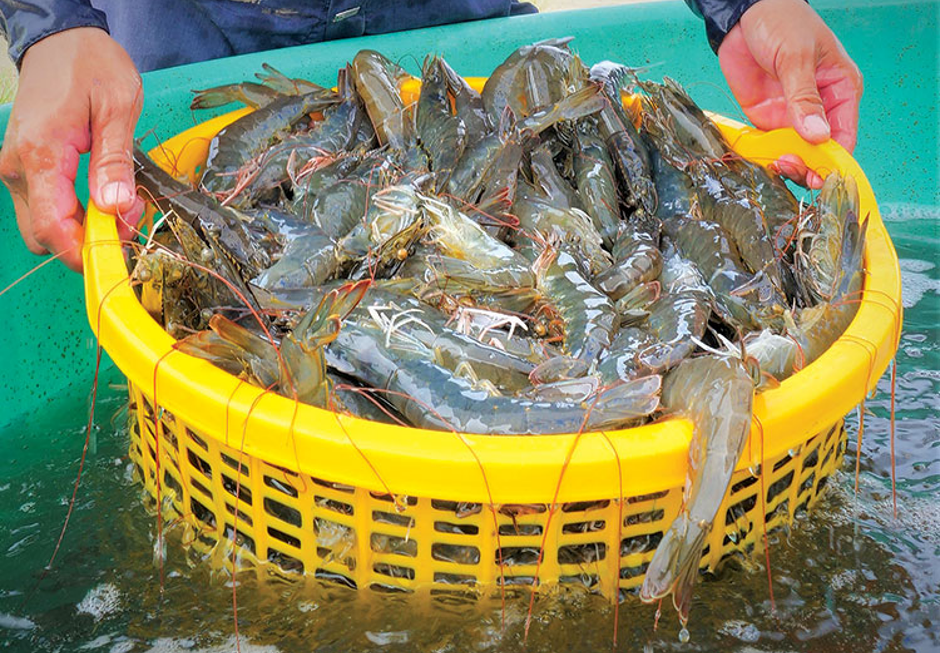
WE WORK FOR YOUR SUCCESS!
Ngày đăng : 09/12/2024
1890 View
Other Articles
Portuguese food group acquires 18% stake in cod farming company Norcod
Indonesia implements radioactive-free shrimp certification for exports to the United States
India is world’s second-largest shrimp producer. That is now under threat
Ca Mau’s shrimp industry moves towards “green” growth
Floods devastate aquaculture, processing operations in Vietnam
Ecuador Leads Global Shrimp Exports, Surpassing USD 7 Billion in 2025
India's marine product exports rise 16% as new markets offset US dip
Skretting presents the first shrimp feed with insect meal in Vietnam
Sharing: EU increases shrimp imports in the first 9 months of the year
Gideon De Oro opens high tech Cebu shrimp plant, to revive exports
White-leg shrimp facing WSSV: When density and environment fluctuate together








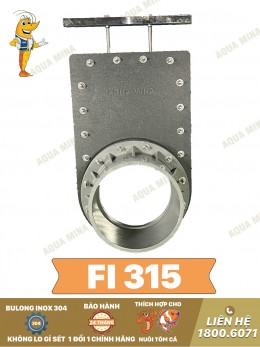
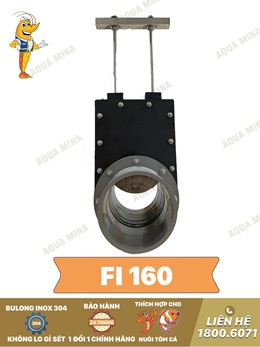
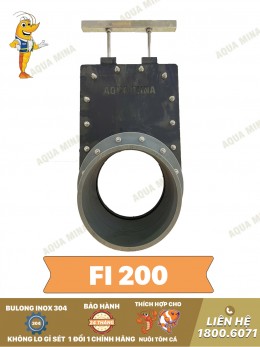
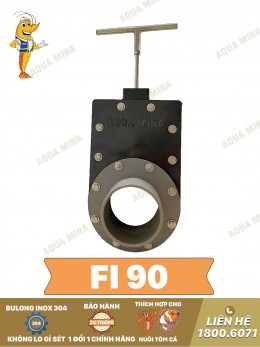
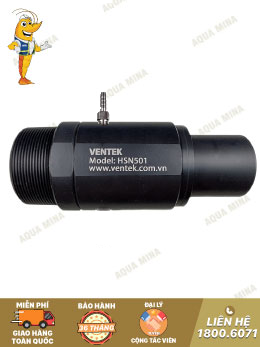
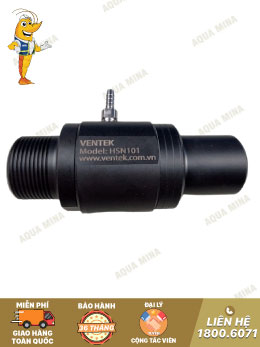
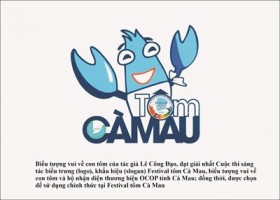
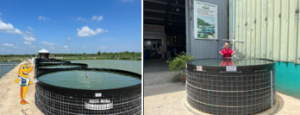
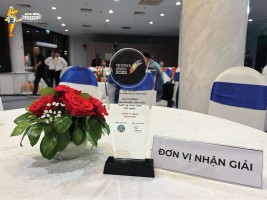
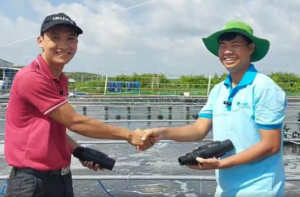
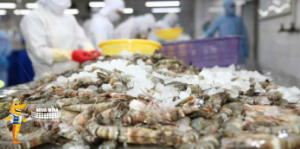
.jpg)